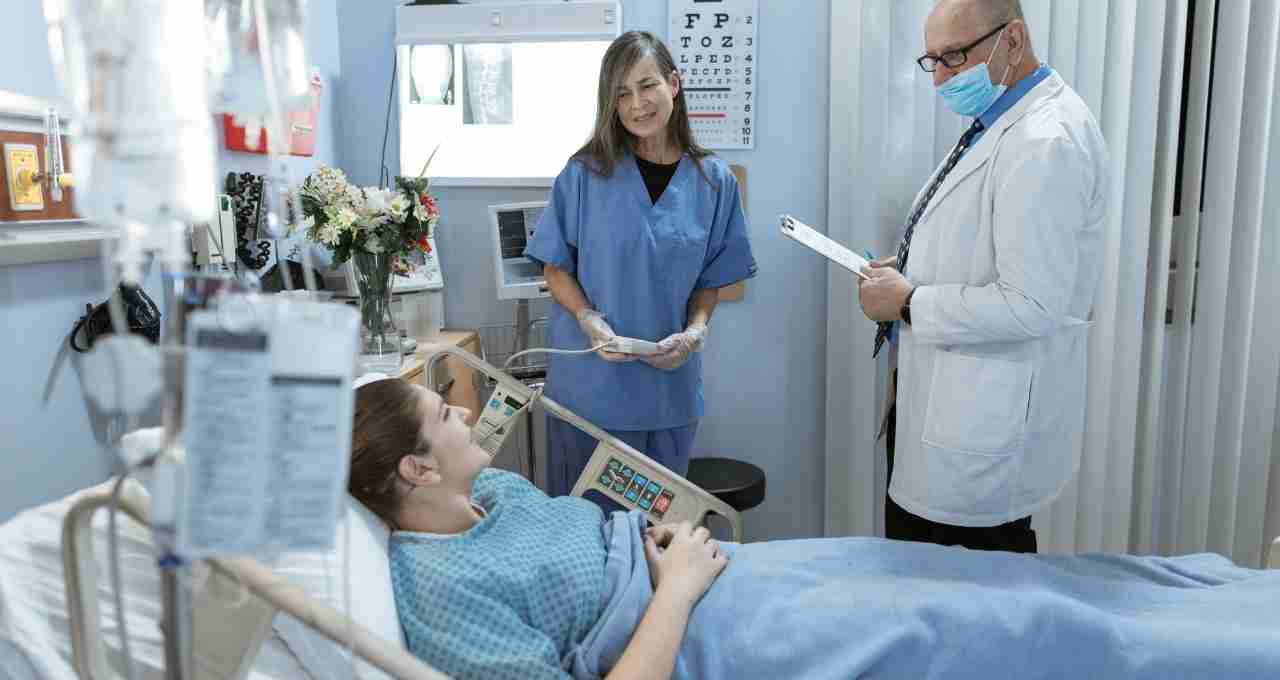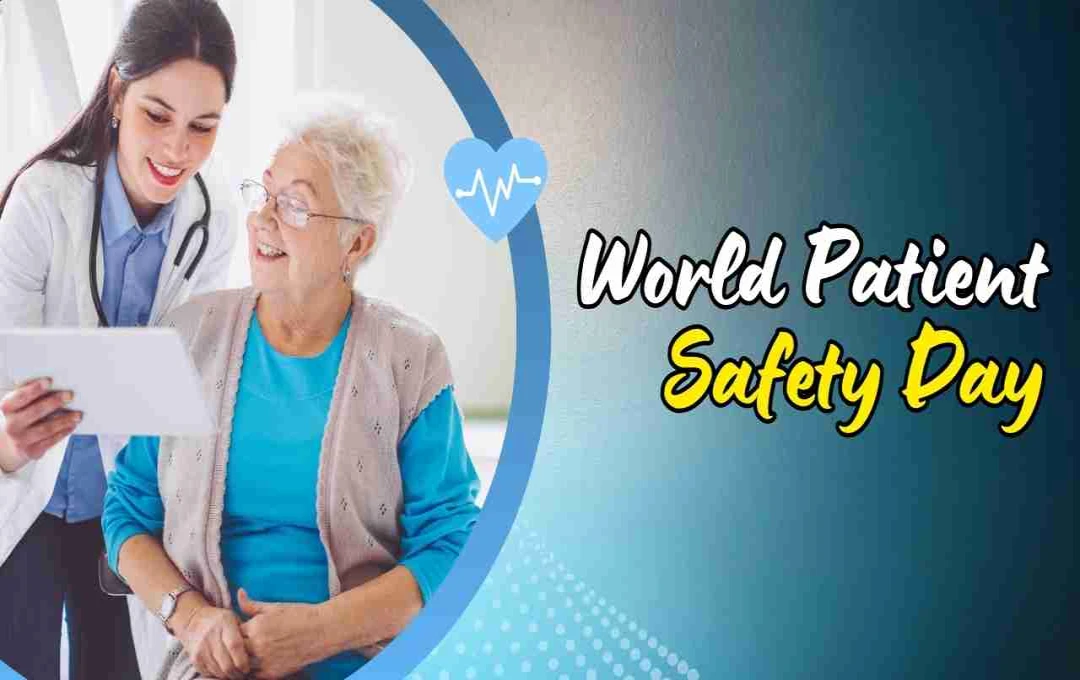World Patient Safety Day is observed every year on September 17th. This day serves as a reminder that patient safety is not just a component of healthcare services; it is a crucial aspect that can determine the difference between life and death. Every year, millions of people are affected by unsafe healthcare practices and medical errors. According to the World Health Organization (WHO), a significant portion of harm to patients is entirely preventable.
The Need for Patient Safety
Adverse events, which are unintended harms or risks arising during the provision of medical services to patients, can lead to death and serious health problems worldwide. However, many of these harms can be prevented through proper education, training, and vigilance.
Negligence in healthcare, incorrect medication use, irregular examinations, or unsafe procedures can cause severe harm to patients. The objective of World Patient Safety Day is to raise awareness about these dangers and to promote the adoption of safe practices in hospitals, clinics, and healthcare organizations.
History and Significance

World Patient Safety Day was initiated in 2019. In that year, the 72nd World Health Assembly adopted a resolution titled 'Global Action on Patient Safety,' which emphasized the need to focus on patient safety at a global level. Since then, this day has been celebrated annually with different themes to highlight essential aspects for improvement in the healthcare sector.
The themes for this day in previous years have been:
- 2020: Health Worker Safety: A Priority for Patient Safety – The safety of healthcare workers is critical for patient safety.
- 2021: Safe and Respectful Maternal and Newborn Care – Ensuring the safety of mothers and newborns.
- 2023: Engaging Patients for Patient Safety – Enhancing safety through patient participation.
- 2024: Improving Diagnosis for Patient Safety – Improving the quality and timeliness of medical diagnoses.
Through these themes, patients, healthcare professionals, and the general public are made aware of their responsibilities and measures for improvement.
How to Observe World Patient Safety Day
There are several ways to observe this day, which are important not only for healthcare professionals but also for the general public.
- Illuminating Public Spaces and Landmarks
On this day, many important buildings, hospitals, and other establishments are illuminated in orange. The aim is to highlight the importance of patient safety and spread awareness. Hospitals, clinics, pharmaceutical companies, and local businesses can participate in this campaign to convey the message. - Spreading Awareness for Patient Safety
Healthcare professionals, social workers, and ordinary citizens can run campaigns in their local communities to explain the significance of patient safety. Widespread awareness can be generated by sharing messages and posts about this day on social media platforms. - Participating in Seminars and Workshops
Individuals working in the medical and healthcare fields can enhance their knowledge by participating in seminars, webinars, and training programs related to patient safety on this occasion. These often focus on topics such as diagnosis, medication management, proper instructions, hygiene, and infection control. - Registering Local and Global Events
Organizations hosting events for World Patient Safety Day can register their programs on the WHO's official website. This allows their events to be shared locally and internationally, providing opportunities for collaboration with other institutions. - Discussing Topics in Medical Institutions
Hospitals and clinics discuss various topics on this day, such as:
- Trust and communication between doctors and patients.
- Health issues arising from racial disparities.
- Prevention of infections and other harms in hospitals.
- Improving doctor-patient ratios and resources.
Measures to Improve Patient Safety

Patient safety is achievable not just through awareness but through tangible improvements and policies. The following initiatives are essential in healthcare institutions:
- Safe Medication Management: Measures to prevent any form of error in medication dispensing and dosage.
- Accurate and Timely Diagnosis: Ensuring correct diagnosis based on the patient's symptoms and test reports.
- Infection Control: Measures for cleanliness, hygiene, and infection prevention in hospitals.
- Education and Training: Regular training programs for doctors, nurses, and healthcare personnel.
- Patient Engagement: Involving patients and their families in the treatment process.
Global Impact of Patient Safety Day
World Patient Safety Day has alerted healthcare institutions and governments worldwide to the importance of patient safety. Many countries have implemented corrective measures in hospitals and healthcare centers on this occasion, resulting in patients receiving safer and higher-quality healthcare services.
World Patient Safety Day is not limited to healthcare professionals; it also educates the general public about their rights and responsibilities concerning their health. Aware citizens can not only protect themselves but also spread the message of patient safety within society.
World Patient Safety Day is a significant occasion that highlights improvements in healthcare, safe practices, and patient rights. This day reminds us that patient safety is not solely the responsibility of doctors and hospitals but the responsibility of every individual in society. Through awareness, education, and vigilance, we can all collectively reduce harmful incidents in the healthcare sector and ensure safe and respectful medical care for every patient.















